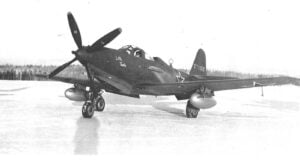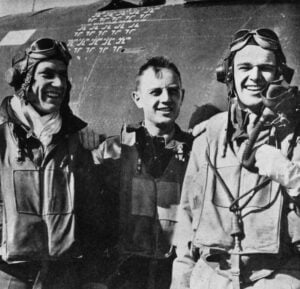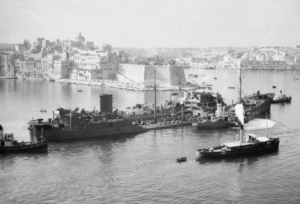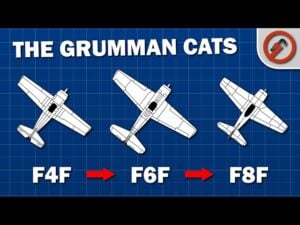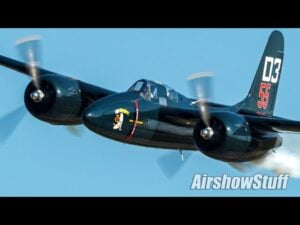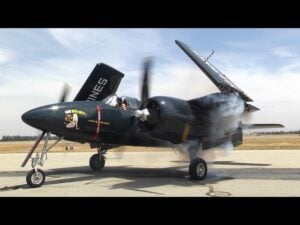America’s Unlikely Flying Weapon with a Bizarre Design

YouTube / WW2 on TV
The Vought F4U Corsair features an innovative gull-wing design capable of reaching speeds up to 400 mph, as well as unparalleled aerial superiority.
Redefining Air Combat
In 1938, the US Navy Bureau of Aeronautics started their search for a cutting-edge fighter that could redefine air combat. Vought rose to the challenge with a new design that was powered by a Pratt & Whitney Double Wasp engine. They coupled this engine with a 13-foot 4-inch propeller that could outclass its rivals and prep for a surge in aerial velocity. However, the propeller came with a catch- maintaining ground clearance without weakening the plane’s frame.
Vought’s flash of brilliance, its inverted gull wings- was the answer. These unique wings dipped near the body of the plane, making room for the huge propeller, then arched up at the tip to ensure a sturdy and compact landing gear.
Revolutionary Gull-Wing Design
The design wasn’t just a practical fix, instead, it revolutionized the look and performance of the fighter aircraft. The gull wings of the Corsair allowed it to make the most of Pratt & Whitney’s sheer engine speed, marking a pivotal shift in the fighter design.
When the first prototype flew in May 1940, it was more than a test flight. Instead, it was a testament to the plane’s capabilities. The XF4U-I prototype blew past the 400 mph mark, reaching an average speed of 405 mph. This not only signaled a new chapter in American aerial might but also signaled the Corsair’s crucial role in WWII.
A Real Killer
Once the plane is proven and familiar, pilots who used to dread flying the Corsair turn the machine into a real killer. The plane’s blistering speed and heavy-duty firepower gave the Allies an upper hand over Japan’s A6M Zero.
The F4U quickly earned its stripes, knocking enemy planes out of the sky left and right. When the plane zoomed past at breakneck speeds, its wing-mounted intakes gave off a unique sound. The Americans swore the Japanese called it “Whistling Death,” although some records claim the Japs called it the Sikorsky.
In 1944, the warbird was used for carrier ops, working hand in hand with the Hellcat to protect US ships from kamikazes. The Corsair was also used as a fighter bomber, and marine pilots also used it during close-support roles during beachhead assaults.
Highlights
By the end of the war, Corsairs claimed 2,140 Japanese planes, incurring just 189 losses, and a staggering 11:1 kill ratio that highlights the plane’s aerial dominance. In total, these warbirds did a total of 64,051 sorties, with only 15% from carriers, highlighting their broad deployment across Allied forces.
Corsairs also managed to drop over 15,500 tons of explosives, roughly 70% of the bombs used by US fighters during the conflict. These highlight the plane’s key role in ground support and strategic bombing missions. Earning the nickname “Whistling Death,” the Corsair was feared for its lethality and respected for its efficiency.














